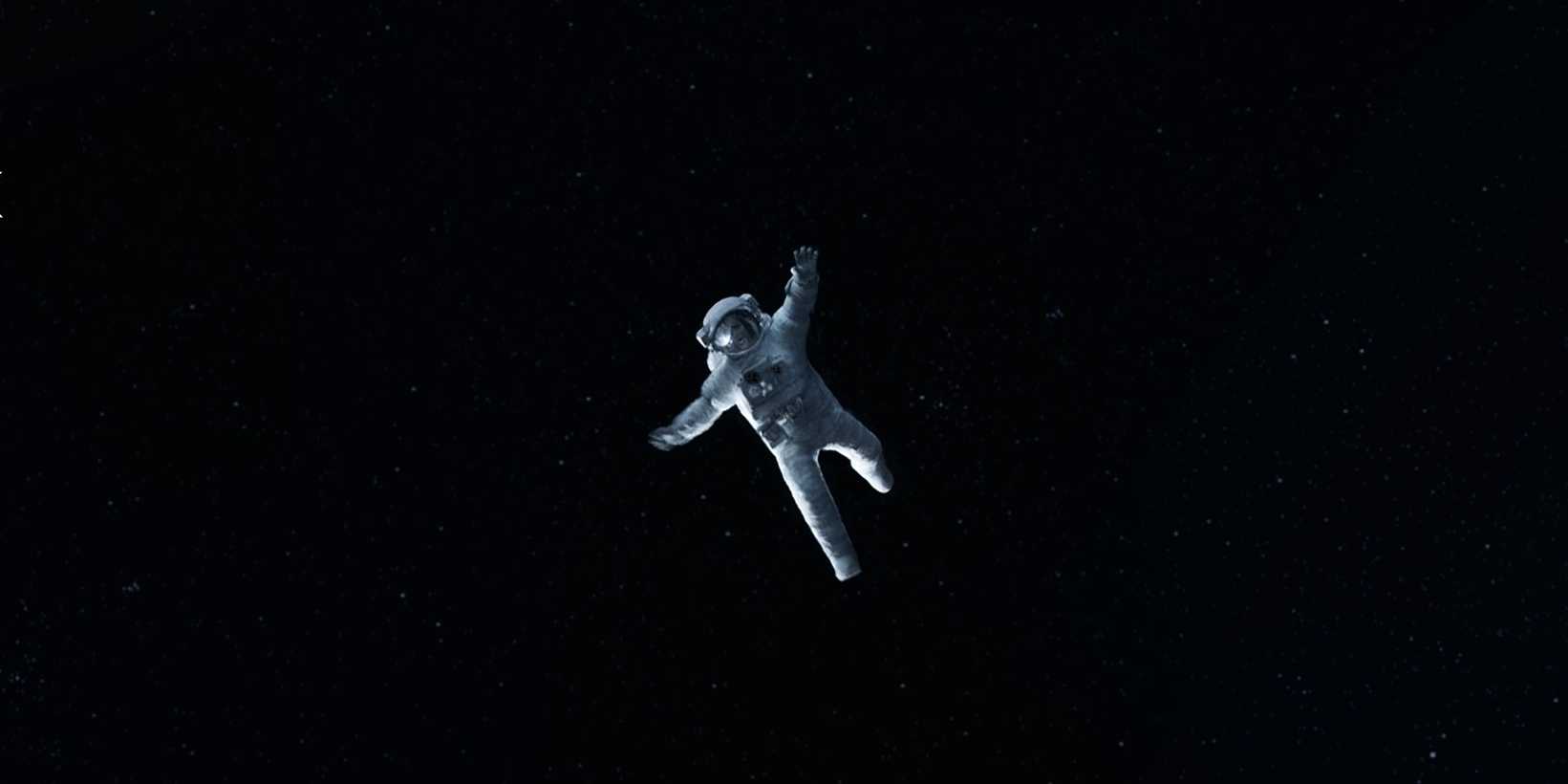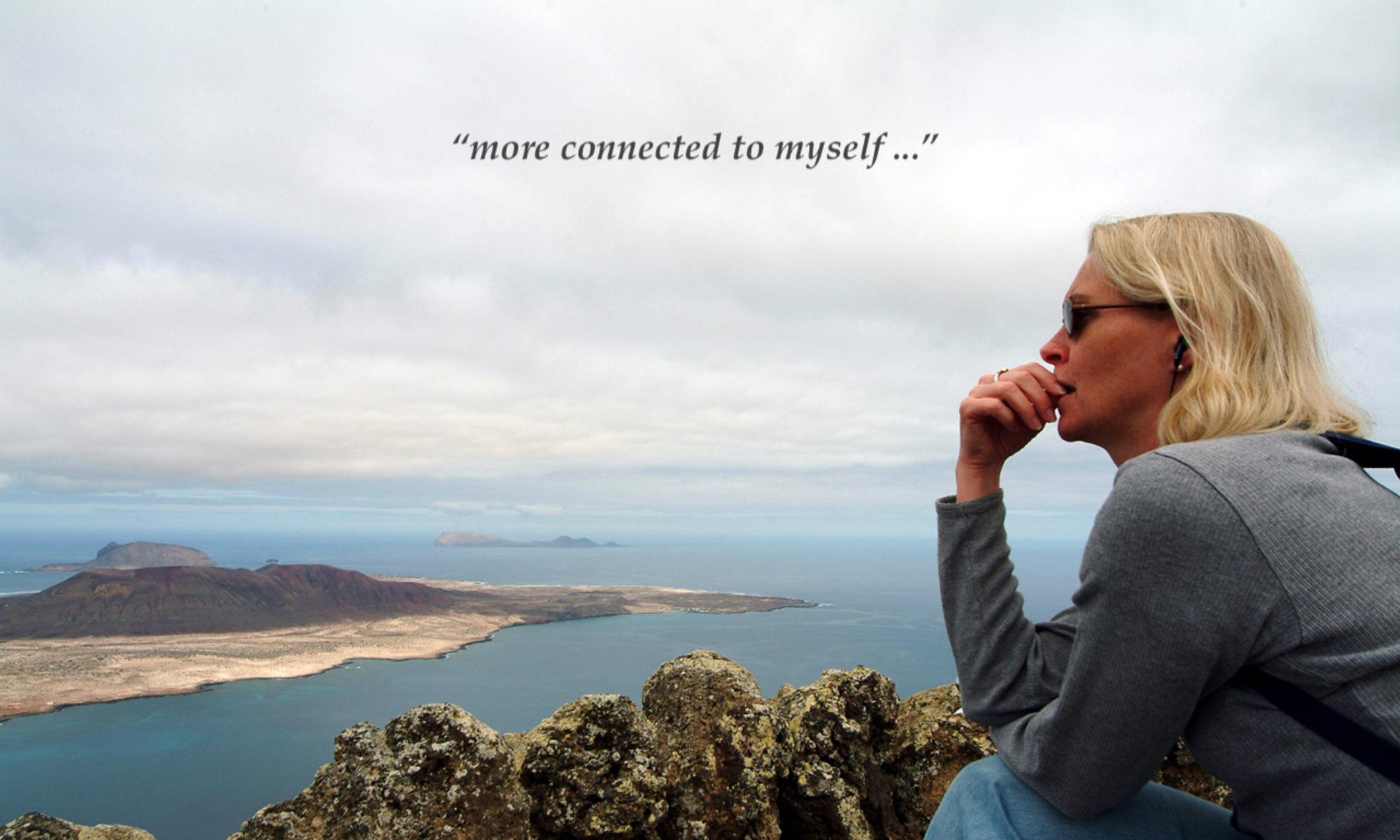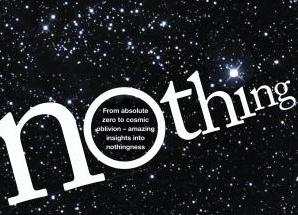“If the only prayer you ever say in your entire life is thank you, it will be enough.”
Meister Eckhart
Meditation:
“Saying the mantra is like a free floating space walk daisy-chaining with atoms, saints and galaxies.”
Via Positiva
 In ‘Gravity’ at her lowest ebb high above the earth Dr Ryan Stone (Sandra Bullock) gives up on life and turns off the oxygen supply in her space capsule.
In ‘Gravity’ at her lowest ebb high above the earth Dr Ryan Stone (Sandra Bullock) gives up on life and turns off the oxygen supply in her space capsule.
As her thoughts turn to her imminent death she murmurs to herself “No-one taught me how to pray.” Without spoiling the ending, when she crawls out of the lake (like a creature re-born) she murmurs to herself “Thank you.” She taught herself how to pray.
At the end of ‘American Beauty’, Lester Burnham (Kevin Spacey) – who has just lost his life after finding it – says “I guess I could be pretty pissed off about what happened to me … but it’s hard to stay mad, when there’s so much beauty in the world. Sometimes I feel like I’m seeing it all at once, and it’s too much, my heart fills up like a balloon that’s about to burst … And then I remember to relax, and stop trying to hold on to it, and then it flows through me like rain and I can’t feel anything but gratitude for every single moment of my stupid little life … You have no idea what I’m talking about, I’m sure. But don’t worry … you will someday.”
The strap line to ‘Gravity’ is ‘Don’t let go’. It should be ‘Let go’. As George Clooney as Matt Kowalski says as he floats off, “You’re gonna have to learn to let go.”
An attitude of gratitude is the daily mantra of the secular monk in all of us. We are priests to ourselves in our own lives.


